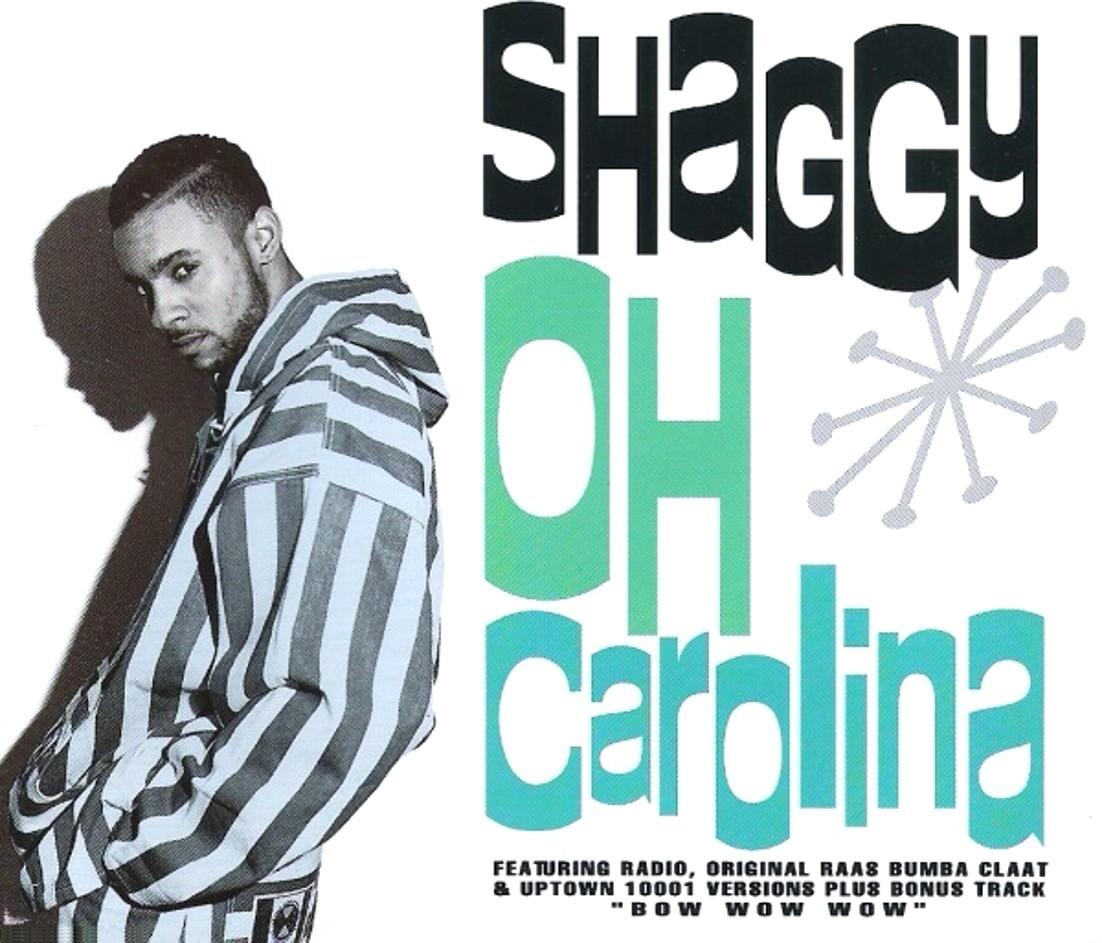


HC&F Recording Studio, as located at 6 Brooklyn Avenue in Freeport, New York, was one of the most influential reggae and dancehall recording studios in the United States. Founded and operated by producer and engineer Philip Smart, a protégé of Jamaica’s legendary King Tubby, HC&F became a creative hub for Caribbean music in the greater New York area from the 1980s through the early 2000s. The studio’s unassuming location in suburban Long Island belied its global impact, as it bridged the sounds of Kingston and New York, providing a professional space for artists from both scenes to collaborate and innovate.
During its peak years, HC&F was the birthplace of some of reggae and dancehall’s most iconic tracks. Smart’s engineering and production work helped launch the international careers of artists such as Shabba Ranks, who recorded the hit “Mr. Loverman” there, and Super Cat, who cut “Don Dada” within its walls. Shaggy, another artist closely associated with the studio, recorded early material like “Oh Carolina” and later global hits including “Boombastic” under Smart’s guidance. The studio’s combination of warm analog equipment and digital innovation reflected Smart’s mastery of both the classic Jamaican dub style and the emerging computer-based rhythms of the late 1980s and 1990s.
Beyond the hits, HC&F was a vital community space for New York’s reggae scene, attracting musicians, DJs, and producers who sought to craft authentic Caribbean sounds while remaining connected to the city’s urban pulse. From its Freeport location—just a short drive from Brooklyn and Queens—the studio reportedly became a meeting point where Jamaican expatriates and American musicians blended influences, shaping the sound of dancehall’s international rise. Its reputation spread far beyond Long Island, earning it recognition as one of the longest-running and most significant reggae studios in the States.
Though the studio eventually closed following Philip Smart’s passing in 2014, HC&F’s legacy endures in the recordings that defined a generation of reggae and dancehall. Many of the hits that echoed from Kingston to New York radio stations and global charts can be traced back to that modest building in Freeport—a testament to Smart’s vision and to HC&F’s enduring influence on the sound of modern reggae music.
Researched by Darren Paltrowitz on November 1, 2025.

